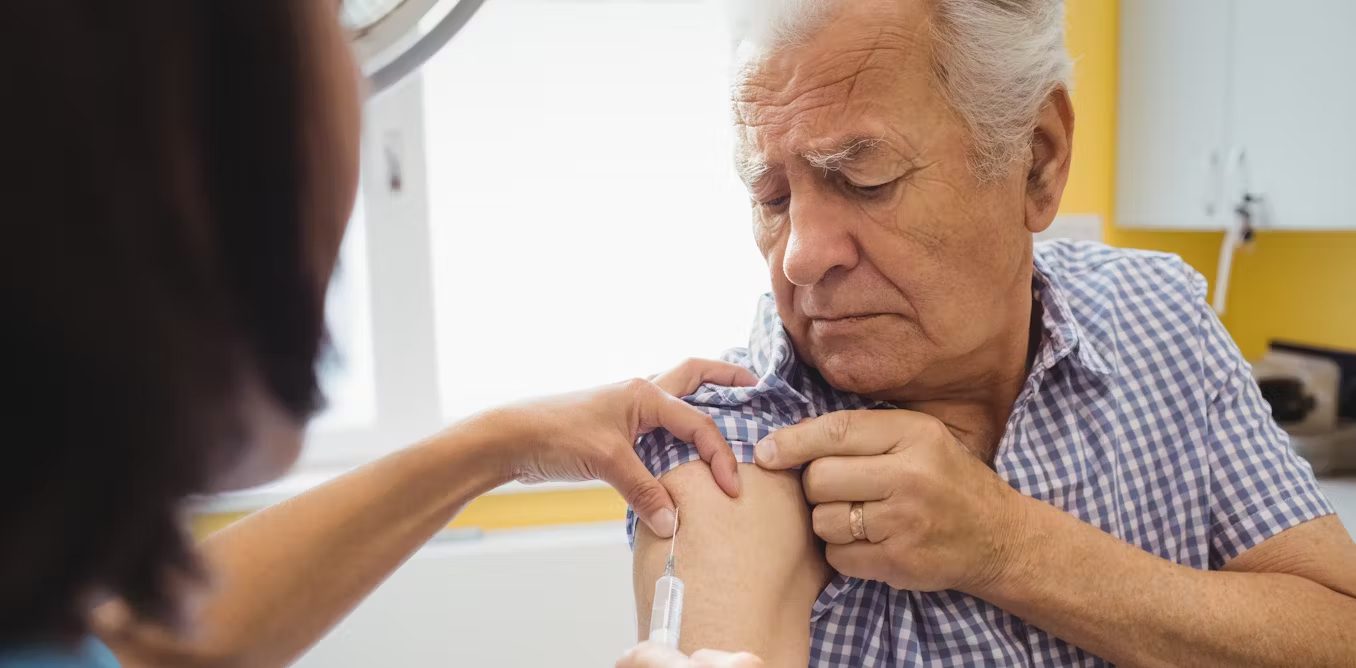The Adolescent Impact of Menstrual Pain
August 11, 2024
The Early Signs of Pain
Medical professionals are well-versed in the myriad ways the human body can manifest discomfort and pain. Yet, there remains a pervasive silence surrounding one of the most common and debilitating experiences faced by women: menstrual pain. How much do we truly understand about the profound impact menstruation has on the lives of women assigned female at birth? This natural biological process, often dismissed as a mere inconvenience, can, in reality, be a source of significant physical and emotional distress. Rarely do we consider the psychological impact of young women experiencing significant pain, and how this translates to feeling seen, heard and understood in their future. For many Australians, menstrual pain is not just a fleeting monthly occurrence but a chronic condition that disrupts education, social interactions, and well-being.
Despite its prevalence, menstrual pain is frequently minimised or overlooked within our healthcare system. Although many women may have an uncomplicated puberty and find normality in early menstruation, you can see how many young women are left feeling unheard and unsupported in our society.
Generational Impact
Menstrual pain, medically termed dysmenorrhea, casts a pervasive shadow over the lives of adolescent girls and young women, impacting approximately 70.8% of individuals aged 13 to 23 years and a substantial 80-93% within the ages of 13 to 25 years in Australia. Despite its widespread occurrence, there exists a notable reluctance to openly discuss periods and period-related discomfort, contributing to feelings of isolation and misunderstanding among those experiencing dysmenorrhea. Unfortunately, this lack of understanding extends to healthcare settings, where women’s pain is sometimes marginalised or overlooked.
The consequences of this dismissal are far-reaching. Young women grappling with dysmenorrhea find themselves disproportionately absent from schools and workplaces, disrupting their educational and professional journeys due to recurrent pain. Additionally, research suggests a concerning link between dysmenorrhea during adolescence and the subsequent development of endometriosis, a complex and painful condition that can impact fertility and overall well-being.
This hidden struggle also extends beyond academic and professional spheres. The World Health Organisation (WHO) reported that in 2019, global anaemia prevalence was 29.9% (95% uncertainty interval (UI) 27.0%, 32.8%) in women of reproductive age, equivalent to over half a billion women aged 15-49 years. Adolescents with dysmenorrhea often report that their pain disrupts social activities, limits participation in sports and exercise, and casts a shadow over their overall quality of life. Despite these challenges, comprehensive, population-level studies examining the full impact of menstrual pain on the daily lives of Australian adolescents are notably lacking.
Australian Girls’ Pain Brought to Light
An Australian study released this year underscores the significant impact of menstrual pain on the lives of Australian adolescent girls, with a substantial proportion reporting considerable discomfort. What is particularly concerning is the persistence of this pain throughout adolescence, resulting in ongoing challenges in various aspects of their lives.
The research revealed that 35% of participants at 14 years of age, 50% at 16 years, and 46% at 18 years reported experiencing dysmenorrhea, characterised by very or quite painful periods. While earlier studies in Australia also highlighted the high prevalence of period pain among adolescent girls and young women, ranging from 80% to 93%, this study by L. Cameron et. al. delves deeper by examining pain severity and its impact over time.
One of the most striking findings from the study was the consistency in reported period pain severity across different age groups. Those who experienced dysmenorrhea at a young age were more likely to continue experiencing it in subsequent years, with very few reporting no period pain later on. Equally noteworthy was the fact that 20% of participants who initially reported no pain at 14 years of age later described their periods as quite or very painful.
These findings not only emphasise the chronic nature of menstrual pain but also point to a potential link with conditions such as endometriosis. It is increasingly recognised that early chronic period pain may be a precursor to more serious health issues later in life. Given that one in five Australian women develop some form of chronic pain during their lifetime, identifying individuals at risk of developing such conditions early on is crucial for providing timely intervention and support.
Iron Deficiency Anaemia a Grave Concern
Iron deficiency anaemia is a significant concern among women, particularly those experiencing menstrual pain and heavy periods. The link between menstrual blood loss and iron deficiency is well-documented, yet its impact on quality of life is often overlooked. This can lead to fatigue, weakness, dizziness, and shortness of breath – symptoms that can profoundly affect daily activities, academic performance, and overall well-being.
In addition to physical symptoms, iron deficiency anaemia can also impact cognitive function, mood, and mental health. Studies have shown that young women with iron deficiency are more likely to experience cognitive impairments, including difficulties with concentration and memory. Furthermore, the chronic fatigue associated with anaemia can contribute to feelings of frustration, irritability, and even depression, further diminishing quality of life.
Addressing iron deficiency anaemia in women requires a holistic approach that goes beyond simply replenishing iron stores. It involves identifying and managing underlying causes, such as menstrual disorders or dietary deficiencies, and providing appropriate treatment and support. By recognising the profound impact of anaemia on physical and mental health, healthcare providers can work towards improving the quality of life for women affected by this condition.
Considering Pain
The dialogue surrounding menstrual pain and its repercussions is long overdue for a comprehensive shift. The widespread prevalence of dysmenorrhea among young Australian women demands a reevaluation of how we approach and address this issue within healthcare systems and broader societal contexts.
The persistence of menstrual pain throughout adolescence, as highlighted by recent research, sheds light on the urgent need for more targeted interventions and support mechanisms. By acknowledging the chronic nature of this condition and its potential links to more severe health outcomes like endometriosis, we can pave the way for early detection, intervention, and improved management strategies.
Moving forward, it is imperative that healthcare professionals, policymakers, and communities alike engage in open conversations about menstrual health, destigmatising discussions around period pain and ensuring that young women receive the support and resources they need to thrive.
Cameron, L. et al. (2024) Menstrual pain in Australian adolescent girls and its impact on regular activities: A population‐based cohort analysis based on Longitudinal Study of Australian Children Survey Data, The Medical Journal of Australia. Available at: https://www.mja.com.au/journal/2024/220/9/menstrual-pain-australian-adolescent-girls-and-its-impact-regular-activities?utm_source=tiles&utm_medium=web&utm_campaign=homepage
Wiafe MA, Ayenu J, Eli-Cophie D. A Review of the Risk Factors for Iron Deficiency Anaemia among Adolescents in Developing Countries. Anemia. 2023 Jan 3;2023:6406286. doi: 10.1155/2023/6406286. PMID: 36636253; PMCID: PMC9831712.












